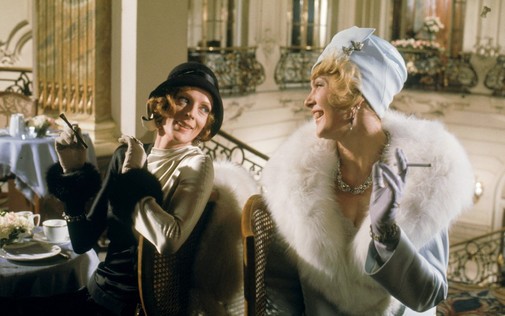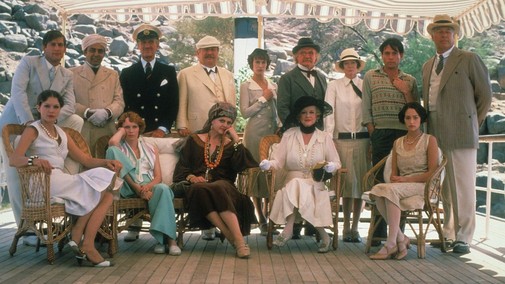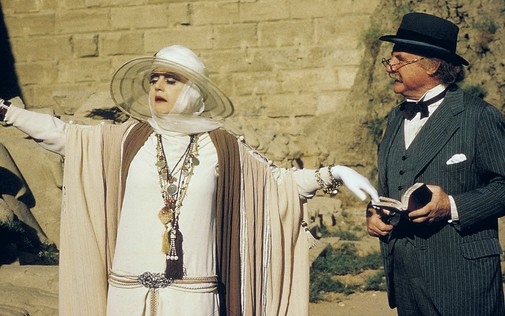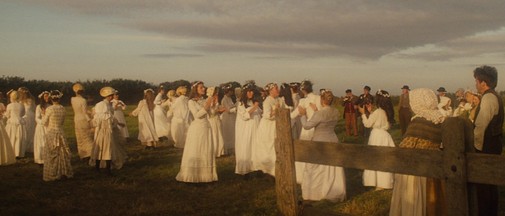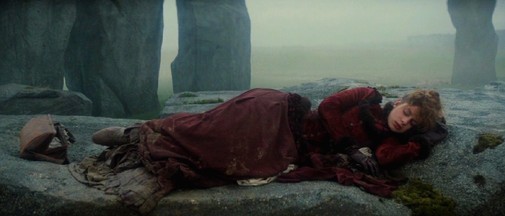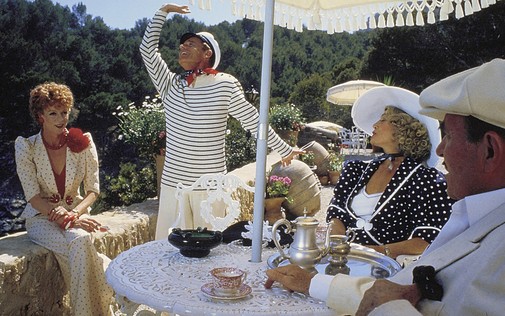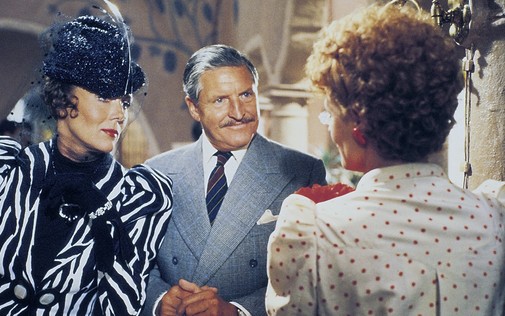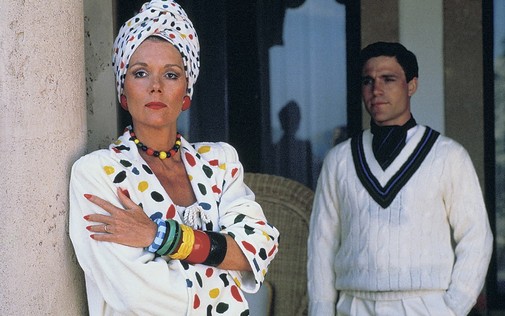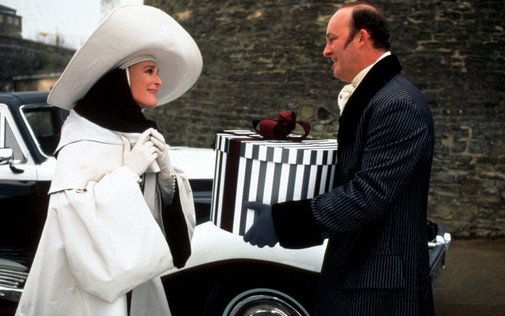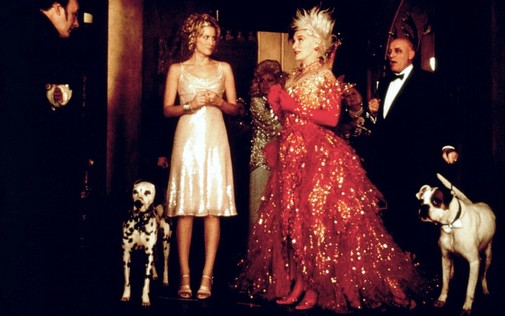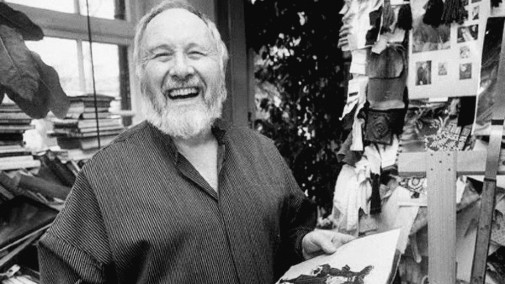
Just the other day, I was writing about Peter Ustinov's Poirot movies, praising their sartorial exuberance, their delectable Oscar-winning costumes designed by Anthony Powell. Not long after publishing that, while perusing Twitter, I encountered unexpectedly sad news. According to some of the stars he dressed, like Elaine Paige and Betty Buckley, the great Anthony Powell died at 85 years old. It happened just the other day and, while most movie sites seem to be ignoring the tragedy, here at The Film Experience, we couldn't let the news pass by unnoticed. Powell was one of the most fabulous costume designers in recent Hollywood history and one of the most generously rewarded, with three Oscar victories and three other nominations. Throughout his career, he dressed numerous stars and even more iconic characters…
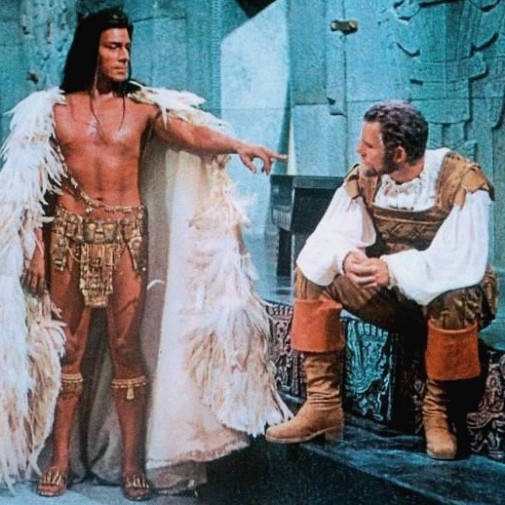 THE ROYAL HUNT OF THE SUN (1969)
THE ROYAL HUNT OF THE SUN (1969)
From a young age, Manchester-born Anthony Powell was interested in the performing arts. As a teenager, he toured with a marionette show, and, after a stint in the army, he quickly started working on stage as a costume and set designer. By 1963, the artist was a Tony-winner thanks to John Gielgud's production of The School of Scandal. He had also amassed a good reputation in show business thanks to working as an assistant for such powerhouses as Cecil Beaton. By the end of the 60s, the designer got his foot into the world of moviedom, outfitting Irving Lerner's The Royal Hunt of the Sun.
While he continued to do a lot of theater work over the decades, it's in cinema that some of Powell's greatest glories came to be. In 1972, he created the outlandish decade-spanning wardrobe for Maggie Smith in George Cukor's Travels with my Aunt, a glamorous achievement that earned him an Oscar. That wouldn't be the last time he'd dress the English thespian, the two working together over the decades to conceive some dazzling figures on stage and screen. Fittingly, Powell's next big project and his second Oscar statuette also involved Dame Maggie.
Many of Powell's more recognizable feats display a particular taste for the excessive and theatrical, even gaudy. Still, the designer was as skilled at character-building and historical research as at producing campy extravaganzas. Death on the Nile is a perfect showcase for the artist's mastery of period fashion, his precise way of delineating personality through the wardrobe, illustrating social hierarchies. The results are so sublime, it's no wonder Powell was invited back to outfit the follow-up, 1982's Evil Under the Sun. Still, before making Nicholas Clay model some devastatingly revealing speedos, Anthony Powell had one more Oscar to conquer.
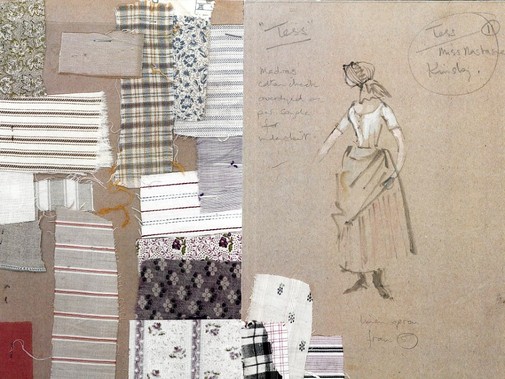 Costume sketch for TESS (1979)
Costume sketch for TESS (1979)
Dedicated to Sharon Tate, Tess is one of Roman Polanski's best films as well as a remarkably faithful adaptation of Thomas Hardy's seminal novel. Restrained by a text that leaves no space for glitzy glamour, Anthony Powell adapted his usual taste to a Victorian milieu where many characters can be counted among the rural and dispossessed. Instead of falling into the cliché of dressing paupers in nondescript rags, Powell showed remarkable attention to detail, nifty tailoring, a keen eye for finding beauty in the pastoral simplicity of the English countryside.
While Nastassja Kinski parades a variety of bustle gowns throughout the flick, her clothes are often more about her class than character. It's a sociological investigation through the art of costume design, one that acknowledges the existence of aesthetic pleasure in the most impoverished settings, the potential insidiousness of moneyed opulence. After an entire film marked by pale florals, humble cottons, white ensembles, Powell has Kinski close the picture in vibrant red. Murder and the abuse of men have twisted Tess' projected image. Instead of angelic, she's a velvet apparition in the color of dried blood.
The 80s would see Powell return to Polanski in order to outfit the 17th-century insanity of Pirates, which earned him another Oscar nomination. He also did some lighter fare as two Indiana Jones flicks for Steven Spielberg and Elaine May's much-maligned Ishtar. Even when the quality and reception of his projects wavered, Powell's designs were never less than exquisite. We can say that about Hook, for example. That fantasy adventure's moviemaking may lean into syrupy sentimentality, but the costumes are marvels of juxtaposed textures, meticulous detail, eye-catching spectacle. The movie earned Powell a fifth Oscar nod and was the first that united him with Glenn Close.
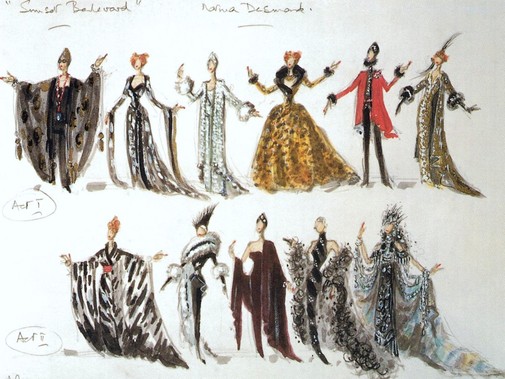 Costume sketches for SUNSET BLVD. (1996)
Costume sketches for SUNSET BLVD. (1996)
Together, the pair would breathe life into two astounding divas of stage and screen. In 1996, Powell made the wardrobe for Andrew Lloyd Webber's Sunset Blvd. It became Close's ticket to a Tony for Best Actress in a Musical when it transferred to Broadway. That same year, the live-action remake of 101 Dalmatians premiered, featuring Close at her campiest and Powell's most devastatingly maximalist. Cruella De Vil is the intersection of haute couture, camp, and unashamed villainy, her wardrobe a dream of fur tailored into the essence of drama.
Like it happened with Poirot and Indiana Jones, Powell was called back for the follow-up. 2000's 102 Dalmatians earned the designer his last Oscar nomination, and it's perchance the most amazingly outfitted of his movies. Playing two moral extremes of Cruella/Ella, Close gets to dress like two distinct characters, a nun-like socialite and a crazed fashion goddess, parading various styles that make the viewer want to stand up and applaud. My favorite costumes are probably the ones that transition and twist the two personalities, including a mutating houndstooth suit and a polka-dotted cape secretly lined with zebra. No wonder Close had it written in her contract that she'd get to keep the costumes.
Considering Powell remained active in theatre well into the 2010s, I had hoped that when the Sunset Blvd. movie musical was finally produced, he could dress Glenn Close once more. Unfortunately, that dream wasn't meant to be. Nonetheless, the costume designer leaves us with a fantastic collection of films, TV projects, and stage shows to admire. In honor of Anthony Powell, here's a paltry selection of images from ten highlights in his film career:
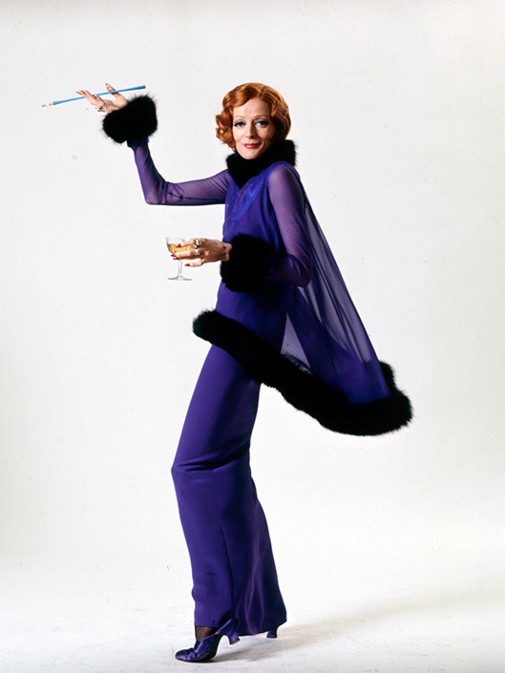
TRAVELS WITH MY AUNT (1972)

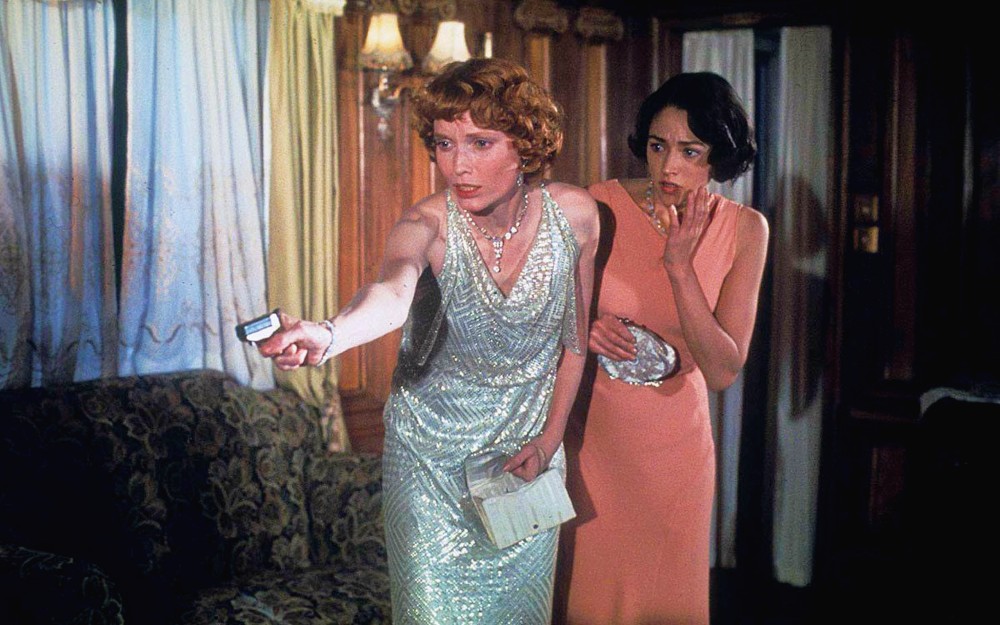
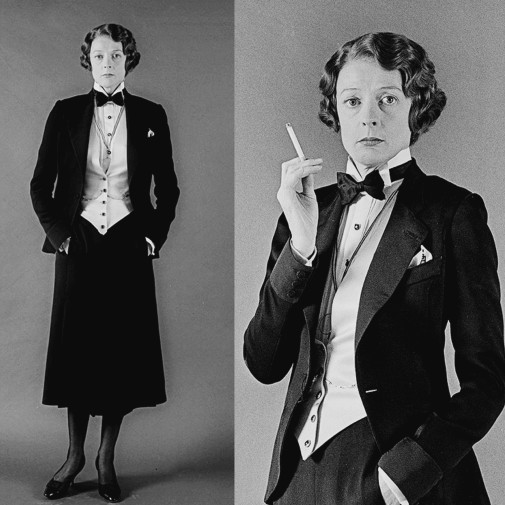
DEATH ON THE NILE (1978)
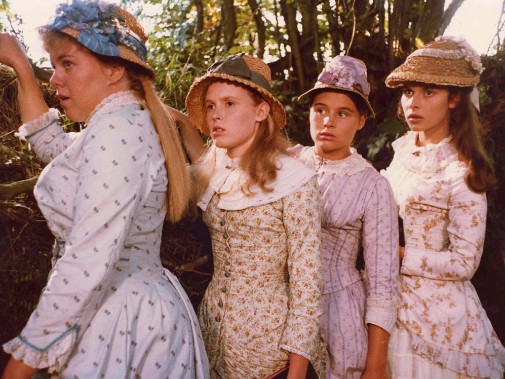
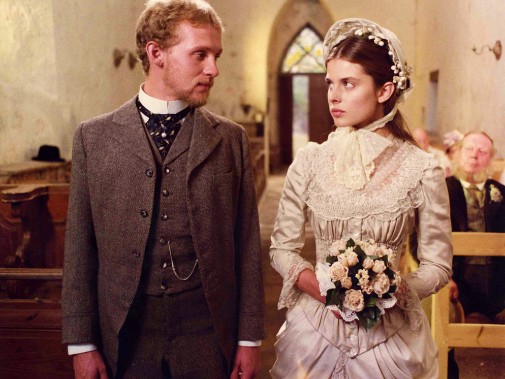
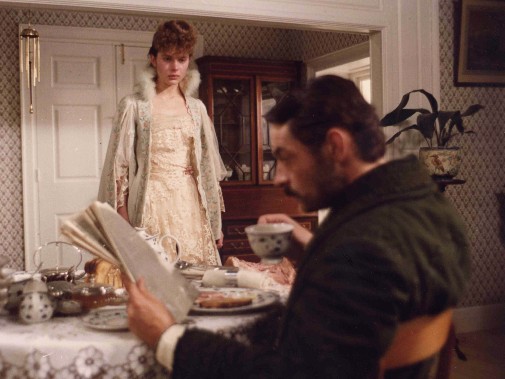
TESS (1979)
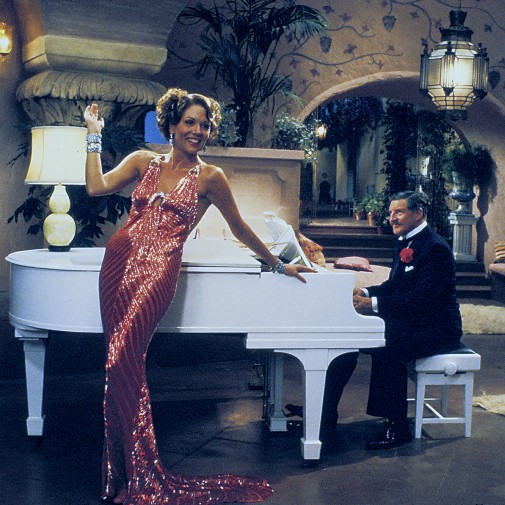
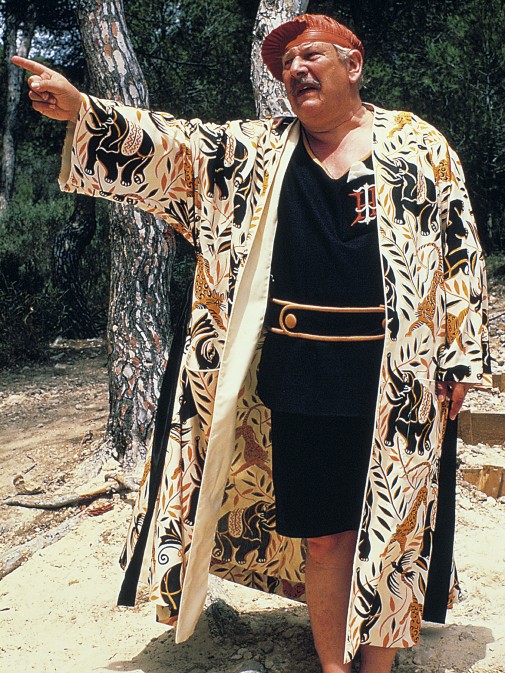
EVIL UNDER THE SUN (1981)
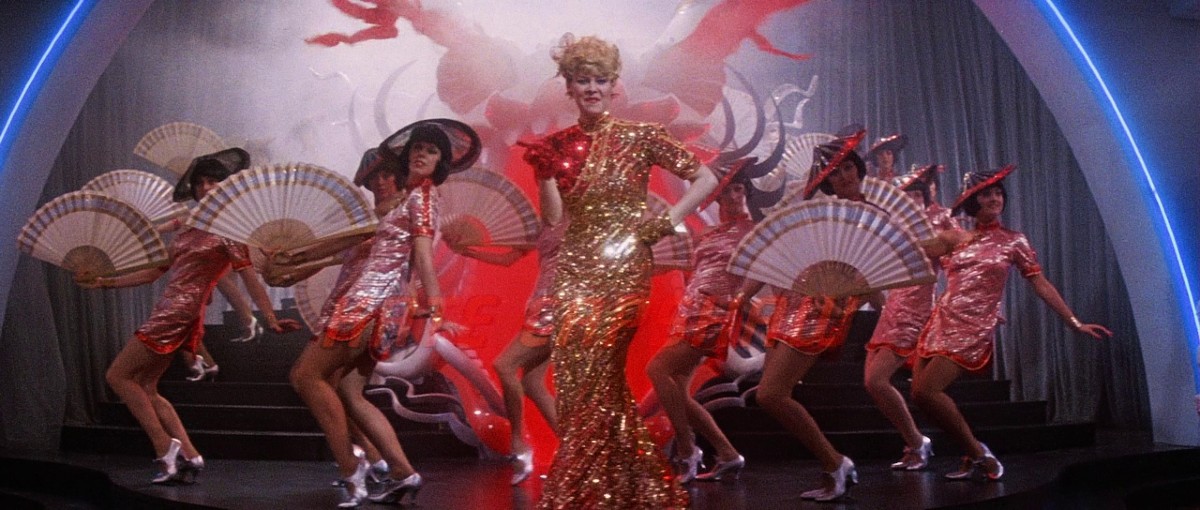
INDIANA JONES AND THE TEMPLE OF DOOM (1984)
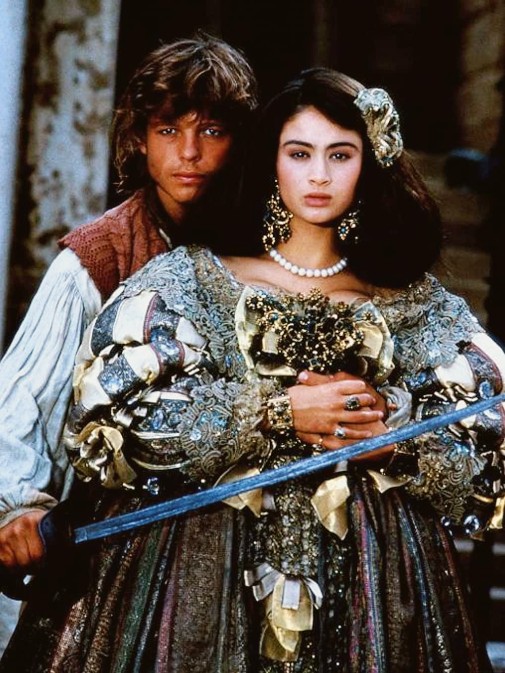
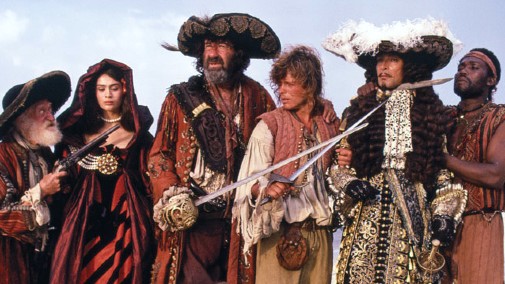
PIRATES (1986)
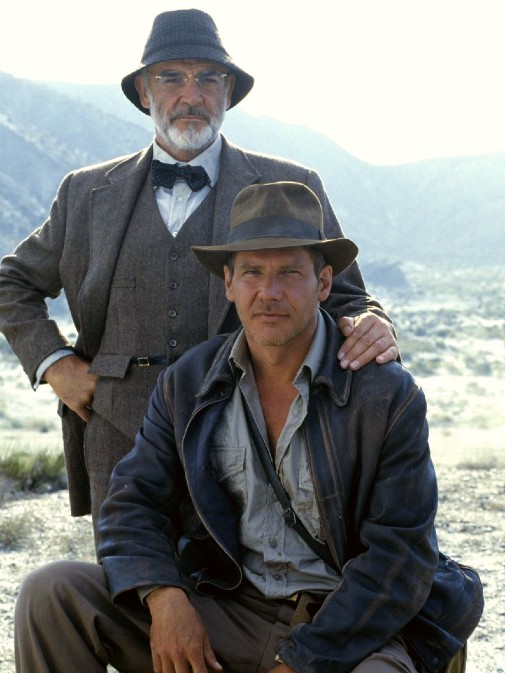
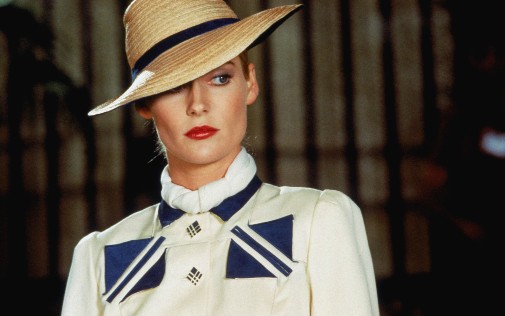
INDIANA JONES AND THE LAST CRUSADE (1989)
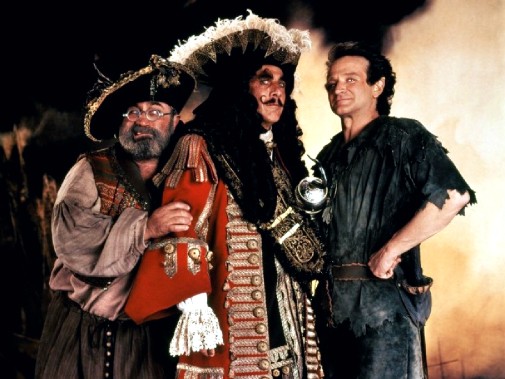

HOOK (1991)
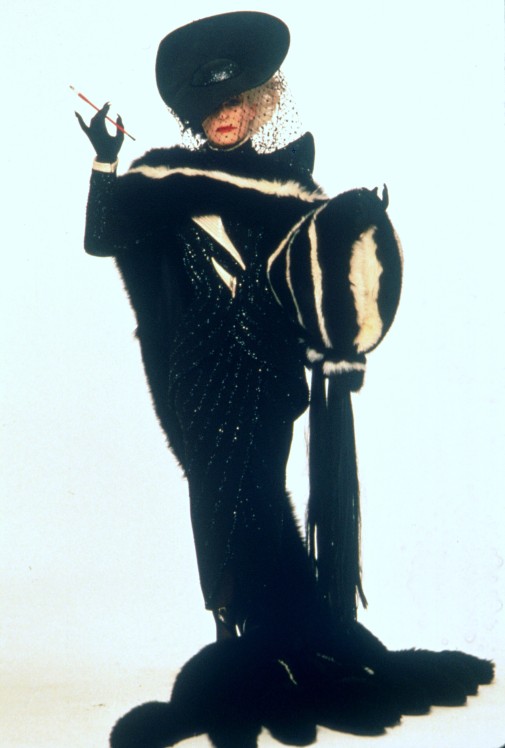
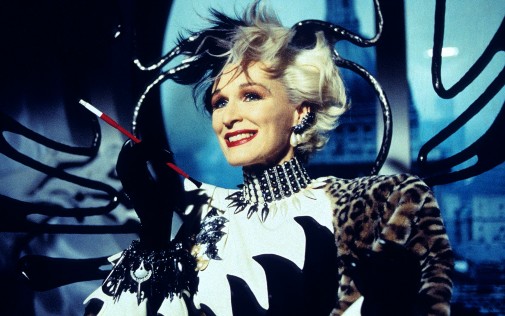
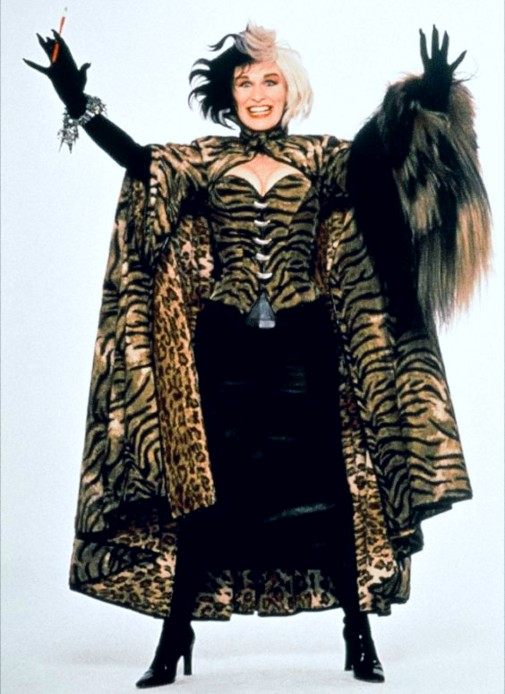
101 DALMATIANS (1996)
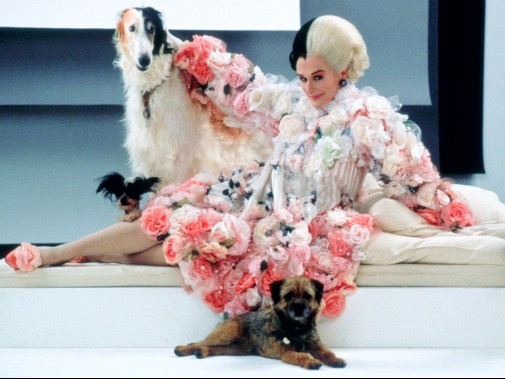
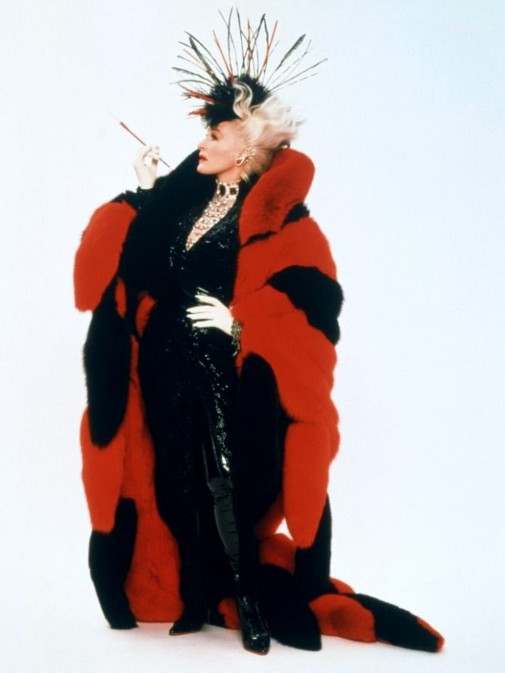
102 DALMATIANS (2000)
What do you think was Anthony Powell's crowning achievement?
